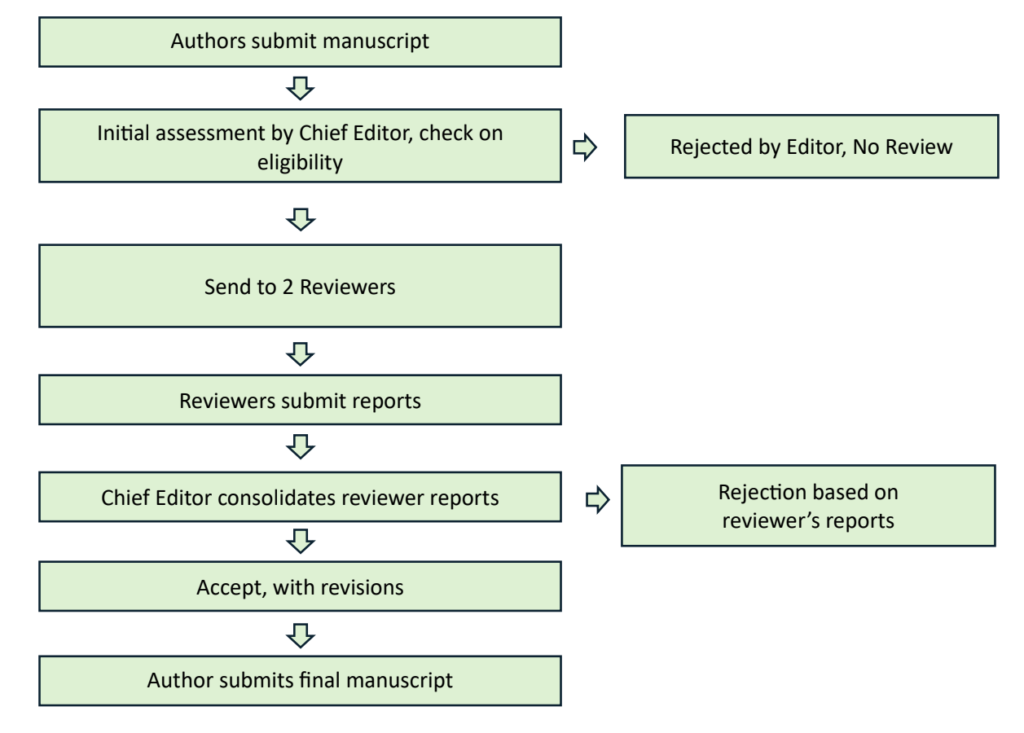Aims & Scope
The ISSN Journal of High School STEM Research aims to empower high school students to engage in authentic scientific and engineering research by providing a platform to publish their work. This journal seeks to familiarize students with the peer review process, fostering an understanding of scholarly communication and the principles of academic integrity. Additionally, it emphasizes active learning by involving students in the co-reviewing process, guided by teacher mentors, to cultivate critical thinking, collaboration, and a deeper appreciation of the scientific method.
The journal welcomes submissions of scientific or STEM projects primarily conducted by students from ISSN schools. Collaborative projects between ISSN schools are highly encouraged. Submissions must address a research question in science or mathematics or focus on developing a STEM-related prototype or product that provides a solution to a problem. Literature reviews will not be accepted. Each project may be supervised by teachers from ISSN schools and/or researchers from research institutes or tertiary education institutions.
The list of authors must meet the following criteria:
- Include at least one student author from an ISSN school or the ISSF participants.
- Include at least one teacher from an ISSN school or the ISSF participants.
- May also include external researchers, such as professors or research fellows from universities.
The Submission Process
A student author should make the submission and be the corresponding author. The authors should prepare
- A letter to the editor which is an email addressed to the editor at [email protected]
- A declaration form signed by all the authors, attached as a PDF file.
- The manuscript of the work, attached in both PDF and Word files, with a maximum limit of 10 pages.
The Review Process

1. Initial Assessment by the Chief Editor
The Chief Editor will make an initial assessment of the submission, checking for eligibility such as the list authorship criteria and the nature of the work. The Chief Editor can decide to:
A.) Proceed to send the submission out to two reviewers.
B.) Reject the work. This could be due to the eligibility criteria not being met, or the work is not suitable for the journal (i.e. the topic of the work is not in science, technology, engineering or mathematics)
2. Assessment by reviewers and co-reviewing process
The manuscript will be evaluated by two reviewers who are teachers from the ISSN schools. The reviewers are encouraged to engage students as co-reviewers. Student contributions in co-reviewing will be recognized with a certificate.
Student involvement in the peer review process is designed to provide hands-on experience in evaluating scientific research. This collaborative process between students and their teacher mentors follows these steps:
- Manuscript Evaluation by the Student:
- The student reads the assigned manuscript and prepares a structured evaluation, which includes:
- Summary Statement: A concise overview of the manuscript’s purpose, methods, key findings, and significance.
- Major Points: Identification of substantial issues or concerns, such as unclear hypotheses, methodological flaws, or unsupported conclusions.
- Minor Points: Suggestions for minor revisions, such as corrections to grammar, formatting, or references.
- Additional Comments: Constructive feedback aimed at improving the manuscript’s clarity and overall quality.
- The student reads the assigned manuscript and prepares a structured evaluation, which includes:
- Mentor Feedback:
- The teacher mentor reviews the student’s evaluation, providing guidance to refine the analysis. This step ensures the feedback is constructive, professional, and adheres to the journal’s review standards.
- Collaborative Review Submission:
- The student and teacher mentor collaboratively compile the final reviewer comments. These are submitted to the journal editor using a structured format, reflecting a balanced critique that supports the manuscript’s improvement.
This process allows students to develop critical thinking and analytical skills while gaining firsthand experience in the peer review system, under the mentorship of an experienced guide.
The reviewers will submit a report to the Chief Editor that will include
- A concise summary of main points of the work
- Suggestions for improvement and revisions
- An overall recommendation to accept or reject the manuscript.
3. Editorial decision
Authors will then resubmit their manuscript in the required final format, with the revisions list by the Chief Editor. The Chief Editor will make a final check on the format, and that required revisions have been made. The submission can than proceed to online publication.